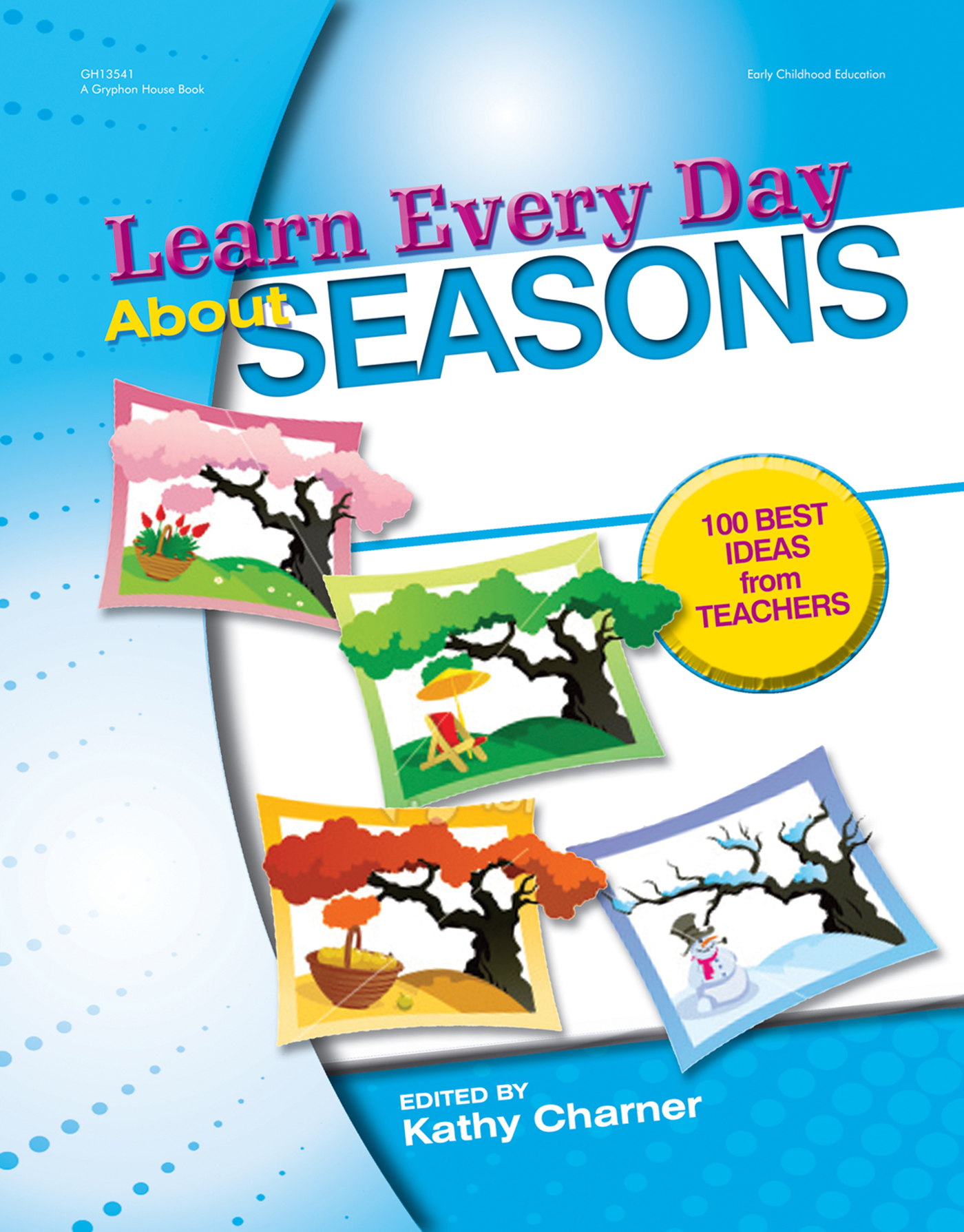Materials
- Why Do Leaves Change Color? by Betsy Maestro
- crayons and markers
- mirrors
- scissors (adult use only)
- glue
- 2" leaf cutouts (or tissue squares)
- 9" x 12" construction paper
What to do
1. Read Why Do Leaves Change Color? by Betsy Maestro several times with the children, discussing the process of color change.
2. Show the children the piles of leaves on pages 24, 25, 28, and 29 of the book. Ask the children whether they have played in leaf piles before. Put the book in the book area for the children to read independently.
3. Give each child markers, crayons, and a sheet of construction paper. Ask the children to draw their faces only. Encourage the children to look in mirrors to have a clear sense of what they look like.
4. Give each child a second sheet of paper for hand tracing. Ask the children to work in pairs, helping each other trace their hands.
5. Outline the faces with a marker and help the children cut the faces out. Fold the pages with the traced handprints and cut out two copies of each hand.
6. Give each child paper and assorted leaf cutouts or tissue squares. Show the children the picture on page 28 of Why Do Leaves Change Color?, explaining that the children are making a leaf pile similar to the one on that page.
7. When the leaves are all piled up and glued on, the children then glue their faces and hands on top of the leaves, so it will look like they are covered with leaves and only their heads and hands show, just like the picture on page 28 of the book.
8. Help the children glue the face and hand cutouts on top of their leaves.
Assessment
To assess the children's learning, consider the following:
- Can the children use small motor skills to color and trace?
- Can the children identify the season in which leaves fall from the trees?
-Sandra Ryan, Buffalo, NY
Instructions
1. Talk with the children about caterpillars and
butterflies. Ask the children if they have seen
butterflies outside, and if they know what
the butterflies were doing. Talk about how
butterflies only come out in the spring and summer, and that before they are
butterflies, they are caterpillars.
2. Teach the children the following fingerplay:
There Once Was a Caterpillar by Ingelore Mix
In June a caterpillar on a leaf once sat. (put left-hand palm upward)
It ate and ate and ate 'til it got fat, (place forefinger of other hand on top of palm)
Then covered itself in silk of green (close hand to cover forefinger)
Never, ever again to be seen.
Magic took place, I do not lie,
The caterpillar turned into a butterfly. (put both hands together, palms facing
outward)
So pretty it was I wished it stayed
But it opened its wings and flew away. (open up hands so that the thumbs touch
each other)
I said good-bye because I know
It is on its journey to Mexico. (move fingers up and down in a flying motion)
Assessment
To assess the children's learning, consider the following:
l Do the children understand the butterfly's life cycle?
l Can the children repeat the fingerplay?
